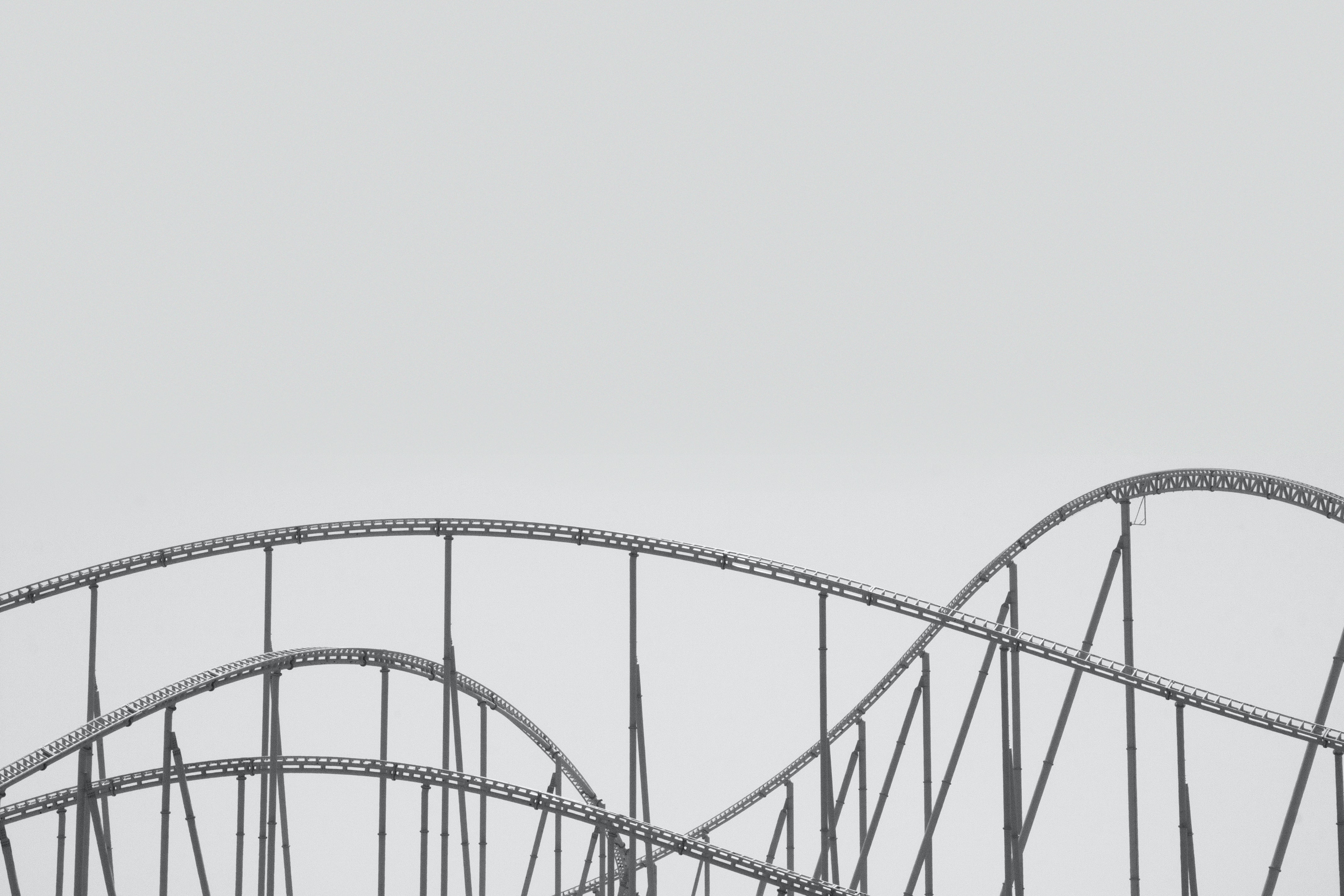The foundational layouts of Rome
DOI:
https://doi.org/10.11606/issn.1980-4016.esse.2023.209350Keywords:
Theory of places, Templum, Mythogram of foundationAbstract
Following the collective work published by Marcel Detienne (1990), we have taken up again the theme of foundational layouts, in particular that of ancient Rome, inaugurated by Romulus according to a foundation ritual (Plutarch). It is for us the occasion to take again our analysis of the places and to develop them from a thematization according to our semiotic approach by means of a logico-topological schematization called templum. It is through the notion of mythogram that we have differentiated this approach: structure of orientation of a space, actantiality associated with types of ritual, planning of an urban order that will be found throughout Roman history. These three correlated schematizations – to which it would be necessary to associate, in an underlying way, the logic of establishment of the place developed in our precedent book (2013) – make it possible to characterize the idea of a typical « urban form » in its recurrence.
Downloads
References
ABENIA, Tiphaine. Architecture potentielle de la Grande Structure Abandonnée (GSA). 2019. 625 p. Thèse (Doctorat/PhD en Architecture) – Université Toulouse 2-Jean Jaurès avec Université de Montréal, Montréal-Toulouse, 2019. Disponible sur: https://papyrus.bib.umontreal.ca/xmlui/handle/1866/23968. Consulté le: 17 mar. 2023.
AGAMBEN, Giorgio. Homo sacer: l’intégrale 1997 – 2015. Paris: Seuil, 2016.
BOUDON, Pierre. L’Architecture des lieux. Sémantique de l’édification et du territoire. Gollion: Infolio, 2013.
DE GLAS, Michel. Sortir de l’enfer cantorien. Intellectica, Revue de l’Association pour la Recherche Cognitive, n. 51, p. 191-241, 2009. Disponible sur: https://doi.org/10.3406/intel.2009.1738. Consulté le: 17 mar. 2023.
DETIENNE, Marcel (dir.). Tracés de fondation. Louvain-Paris: Peeters, 1990.
FOUCAULT, Michel. Dits et écrits, 1954-1969 (sous la direction de D. Defert et F. Ewald). Paris: Gallimard, 1994.
GRANT, Michael; HAZEL, John. Dictionnaire de la mythologie. Paris: Seghers, 1975.
HERSEY, George. The Colosseum: the cosmic geometry. In: PÉREZ-GOMEZ, Alberto; PARCELL, Stephen. (ed.). Chora 4: Intervals in the philosophy of architecture. Montreal & Kingston: McGill-Queen’s University Press, 2004. p. 103-126.
LEROI-GOURHAN, André. Le geste et la parole, tome II: la mémoire et les rythmes. Paris: Albin Michel, 1964.
PANOFSKY, Erwin. Idea: contribution à l’histoire du concept de l’ancienne théorie de l’art. Paris: Gallimard, 1983.
STIERLIN, Henry. Hadrien et l’architecture romaine. Paris: Payot, 1994.
THOMASSEN, Bjorn. Liminality and the modern: living through the in-between. London & New York: Ashgate, 2014.
TURNER, Victor. The forest of symbols: aspects of ndembu rituals. Ithaca: Cornell University Press, 1970.
VAN GENNEP, Arnold. Les rites de passage: études systématiques des rites. Édition électronique, 1981 [1909].
Downloads
Published
Issue
Section
License
Copyright (c) 2023 Pierre Boudon

This work is licensed under a Creative Commons Attribution-NonCommercial-ShareAlike 4.0 International License.
The authors grant the journal all copyrights relating to the work published. The concepts expressed in signed articles are absolute and exclusive responsibility of their authors.






